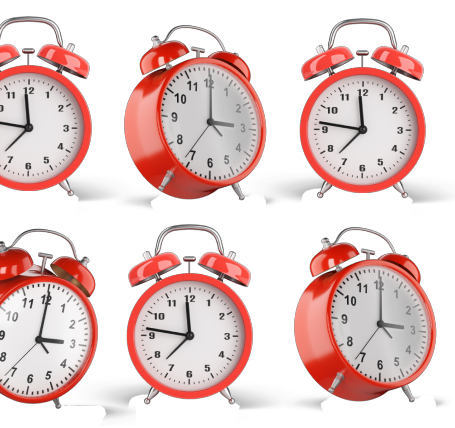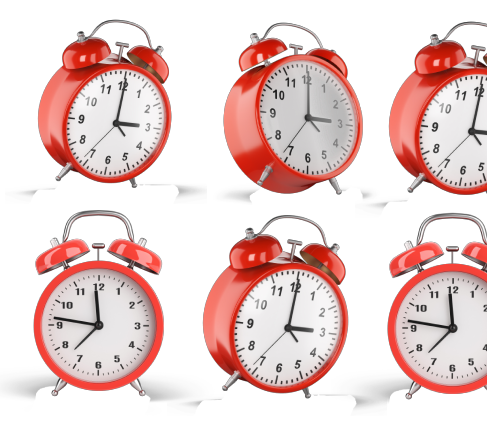Everyone knows that Tesla changed the game for electric vehicles, but fewer realize exactly how—it’s all about the battery.
Lithium-ion batteries produce a strong, steady, efficient current that just wasn’t possible with older types. Sure, the old batteries worked, but they were limited. And once Elon Musk’s company demonstrated the potential of lithium ion, everyone else made the switch, too.
There’s a similar revolution going on right now in the acquisition model for recurring revenue businesses. The old model was usually called a funnel. Sure, it brought in new customers—it worked.
But there was a limit to how far the funnel could go, especially in a subscription world where revenue is generated over time, not in one big chunk at the time of purchase. With the rising cost of acquiring customers, more and more companies found that if a customer churned, they actually lost money by bringing in a new customer!
So companies became focused on customer retention instead of acquisition. This makes sense because it costs much less to keep an existing customer than to convert a new one. And the longer a customer stays with you, the more revenue they generate.
The problem was that somewhere along the way, acquisition and retention came to be seen as opposites—almost enemies. Companies began to think that you had to focus on one at the expense of the other.
Enter the flywheel, the lithium-ion battery of customer acquisition. In the flywheel model, acquisition and retention don’t compete, they work together. Retention makes the customer acquisition process more cost-effective, but it also accelerates acquisition by generating additional conversion opportunities.
What Is Customer Acquisition?
Customer acquisition is the process of turning prospects into buyers. Usually, that means building awareness of your product, attracting potential customers, then moving those leads closer and closer to purchasing until you finally close them with some kind of sales process.
At Gainsight, we consider customer acquisition to be the first leg of the customer journey because even before the customer has bought your product, their journey has already begun in terms of expecting and finding value in your brand.
What Is Customer Retention?
Customer retention means keeping a customer as a customer through the first renewal opportunity, and ideally, for much longer. Companies usually measure customer retention as a rate or percentage over time. For example, if you tracked all of the customers you acquired in March 2021, and 95% were still customers one year later, that cohort would have a customer retention rate of 95. Customer retention rate is a key metric not only for internal purposes but also for investors and analysts.
Churn rate is the inverse of customer retention, ie, the percentage of customers who leave.
Customer Acquisition Channels to Consider
In today’s marketing landscape, these are the core channels for acquiring new customers:
Content marketing. With trust in marketing at an all-time low, customers are looking for trusted brands who know their stuff. Whether it’s blogs, ebooks, guides, or videos, customers gravitate toward engaging content that helps them learn from experts.
Social media. Social media networks are a fantastic way to find your customers—if you know who your customers are. Every platform attracts a different mix of users. Figure out your target audience and you can easily find the right venue for your product.
Search engine marketing. Search engine optimization (SEO) requires some skill, but when you get it right, it is probably the most cost-effective acquisition channel. Paid search or advertising are more expensive, but also more effective.
Email. Email marketing may sound a bit old school, but it still has its uses. It is simple and direct, getting quickly to the heart of customer behavior, ie, if a customer opens the email and clicks on links, you know you have a rock solid lead.
How Do You Measure Customer Acquisition
There are two big metrics when evaluating customer acquisition:
Customer acquisition cost (CAC). This is the cost of marketing, advertising, and sales efforts to bring in a new customer. CAC is calculated by dividing the costs of an effort by the number of customers acquired.
Customer lifetime value (CLV). The amount of profit generated by a customer during the entire span of their time with your company. CLV is most relevant in recurring revenue businesses that generate monthly or annual revenue over time.
Where Does Customer Retention Come In?
Customer retention is the fuel that makes the customer acquisition flywheel go. Retention is based on happy, satisfied customers who are invested in your brand. You don’t want complacent followers; you want enthusiastic partners who are hyper-engaged with your product.
Retention makes customer acquisition itself more cost-effective because the longer a customer stays with you, the more likely you are going to recoup the CAC. And the more customers you retain, the less urgency there is to spend on acquisition. And your revenue will go up, up, up, even without new customers (though new customers are still good to have!).
Happy customers are also more likely to spend on product expansions or new products. Upselling an existing customer can potentially bring in the same revenue as a new customer, at a fraction of the cost.
But where the flywheel model really lives up to its name is when happy customers become your sales force, completing a virtuous circle of user acquisition. Whether through customer stories on your website, referrals, or even just word of mouth, satisfied customers will bring in new prospects. And this method of “sales” is not only more credible with potential customers, it costs less!
Grow Customer Acquisition and Retention with Gainsight
Gainsight PX offers powerful tools to drive customer retention so that you can build your own customer acquisition flywheel. With rich product analytics and contextual user engagements combined into a single platform, you can deliver and analyze a product experience that puts your customers on the path to becoming evangelists for your brand.
Try Gainsight PX free today.


